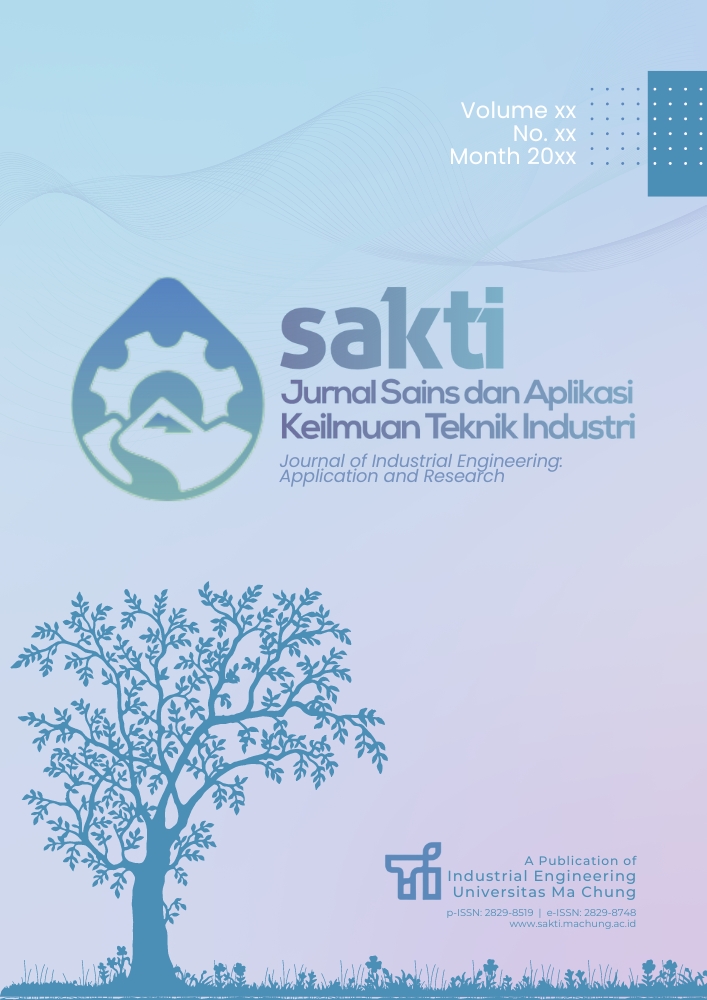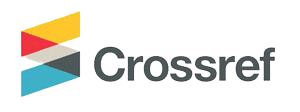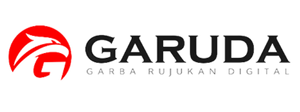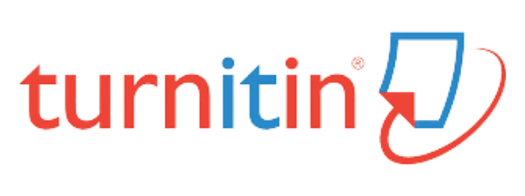| GENERAL |
| Editorial Board |
| Focus and Scope |
| AUTHOR LINK |
| Online Submission |
| Publication Policy |
| Author Guidelines |
| Download the Template |
| REVIEWER LINK |
| Become a Reviewer |
| Reviewer Guidelines |
| List of Reviewers |
| ISSN |
| p-ISSN : 2829-8519 |
| e-ISSN : 2829-8748 |
| CALL FOR PAPERS |
| Vol.04, No.01, June 2024 |
 |
| SAKTI by |
 |
| SAKTI is indexed in |
 |
 |
 |
 |
| TOOL(S) |
 |
Submissions
Submission Preparation Checklist
As part of the submission process, authors are required to check off their submission's compliance with all of the following items, and submissions may be returned to authors that do not adhere to these guidelines.- The submission has not been previously published, nor is it before another journal for consideration (or an explanation has been provided in Comments to the Editor).
- Authors have formatted the manuscript according to the journal's guidelines for authors and SAKTI's template.
- The submission file is in Microsoft Word (doc or docx)
- Where available, URLs for the references have been provided.
- Authors have obtained all necessary permissions for any copyrighted material used in manuscript.
Articles
Section default policy
Copyright Notice
By submitting your manuscript to Jurnal Sains dan Aplikasi Teknik Industri (SAKTI), you agree to the following terms and conditions:
-
You hereby grant Jurnal Sains dan Aplikasi Teknik Industri (SAKTI) a non-exclusive right of first publication of the work, with the understanding that you retain copyright ownership of the work.
-
You grant to Jurnal Sains dan Aplikasi Teknik Industri (SAKTI) a Creative Commons Attribution License, which allows others to share and adapt the work as long as they give appropriate credit to the original source.
-
You warrant that the work is original and has not been published previously, and that it does not infringe upon any third-party rights.
-
You agree to indemnify and hold harmless Jurnal Sains dan Aplikasi Teknik Industri (SAKTI) and its agents and employees from any and all claims, damages, or expenses arising out of any breach of this agreement or any claims of infringement or violation of any third-party rights.
-
You acknowledge that Jurnal Sains dan Aplikasi Teknik Industri (SAKTI) may revise, edit, or reject your submission at any time, and that such revisions, edits, or rejections may occur before or after publication.
-
You agree to notify Jurnal Sains dan Aplikasi Teknik Industri (SAKTI) promptly if the work is accepted for publication elsewhere, and to provide Jurnal Sains dan Aplikasi Teknik Industri (SAKTI) with written confirmation of the withdrawal of the work from consideration by Jurnal Sains dan Aplikasi Teknik Industri (SAKTI).
-
You acknowledge that Jurnal Sains dan Aplikasi Teknik Industri (SAKTI) retains the right to use the work for promotional and advertising purposes, including but not limited to inclusion in newsletters, flyers, and online postings.
By submitting your manuscript to Jurnal Sains dan Aplikasi Teknik Industri (SAKTI), you acknowledge that you have read and agree to the terms of this Copyright Notice.
Privacy Statement
At SAKTI, we are committed to protecting the privacy and confidentiality of our authors, reviewers, and readers. This Privacy Statement outlines how we collect, use, and protect personal information that we obtain through our website and other services.
Information We Collect
We collect personal information, such as names and contact details, from authors and reviewers in order to facilitate the peer-review process and to communicate with them about their submissions. We also collect personal information, such as names and email addresses, from readers who sign up for our email newsletters or who request to receive updates about new publications.
How We Use Your Information
We use the personal information we collect in order to provide our services and to communicate with our users. For example, we may use author and reviewer information to facilitate the peer-review process and to communicate with them about their submissions. We may also use reader information to send email newsletters and updates about new publications. We will not share your personal information with any third parties without your consent, except as required by law.
Data Security
We take data security seriously and have implemented measures to protect your personal information from unauthorized access, use, or disclosure. We regularly review and update our security practices to ensure that your data is protected.
Cookies and Tracking Technologies
We may use cookies and other tracking technologies to collect information about how users interact with our website and to improve our services. This information may include IP addresses, browser type, device type, and other usage information. We do not use this information to identify individual users, and we do not share this information with third parties.
Links to Other Websites
Our website may contain links to other websites. We are not responsible for the privacy practices or content of these websites. We encourage our users to review the privacy policies of these websites before providing any personal information.
Changes to This Privacy Statement
We may update this Privacy Statement from time to time in response to changes in our services, laws, or regulations. We will notify our users of any material changes to this Privacy Statement by posting a notice on our website or by sending an email to our users.
Contact Us If you have any questions or concerns about this Privacy Statement, please contact us at sakti@machung.ac.id.
Last updated: January 2023

